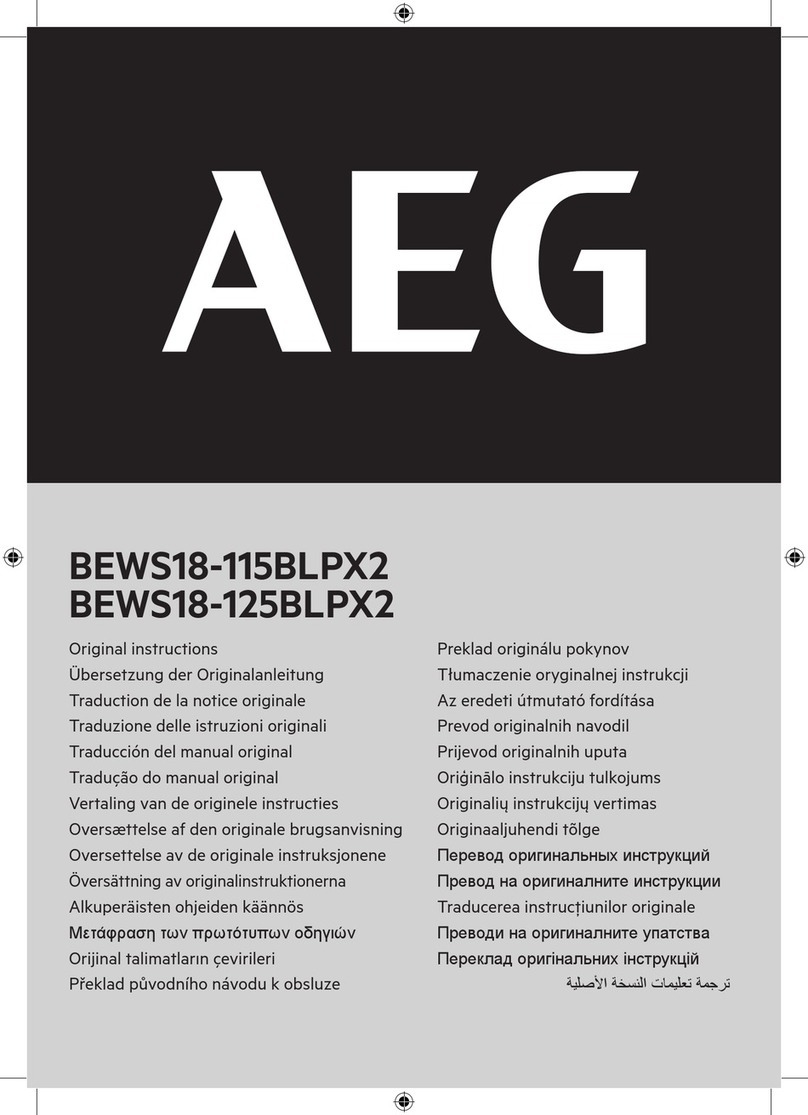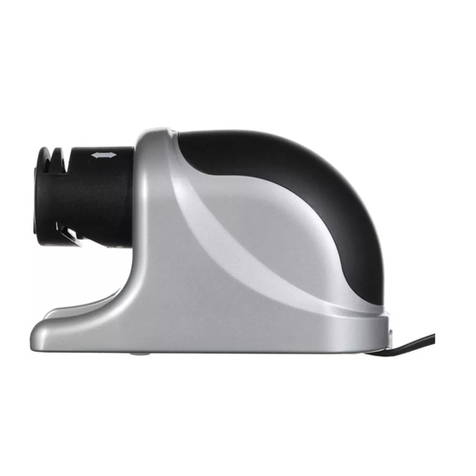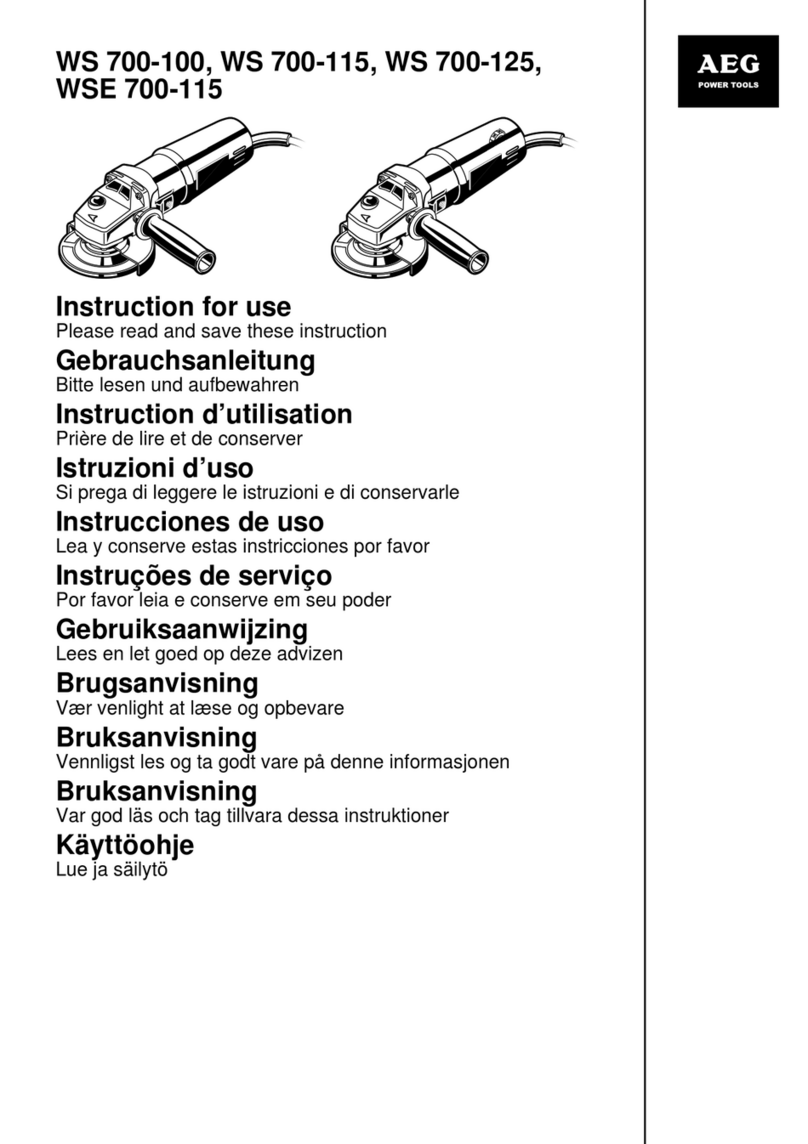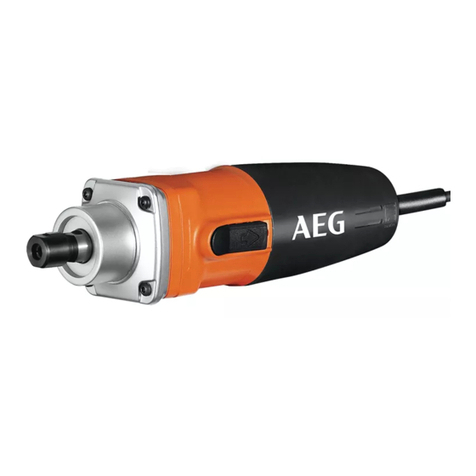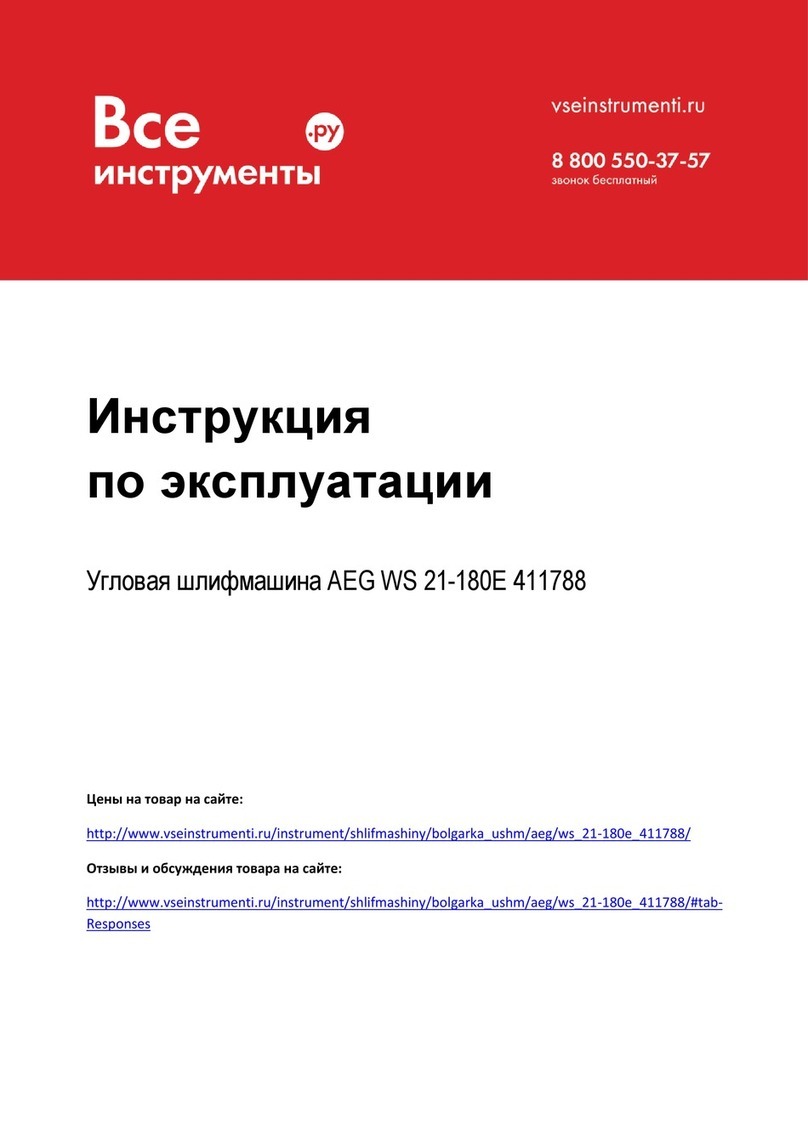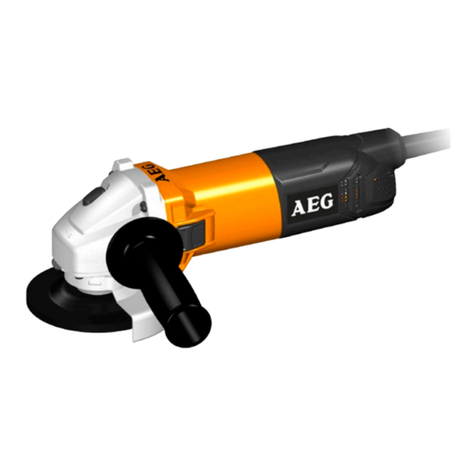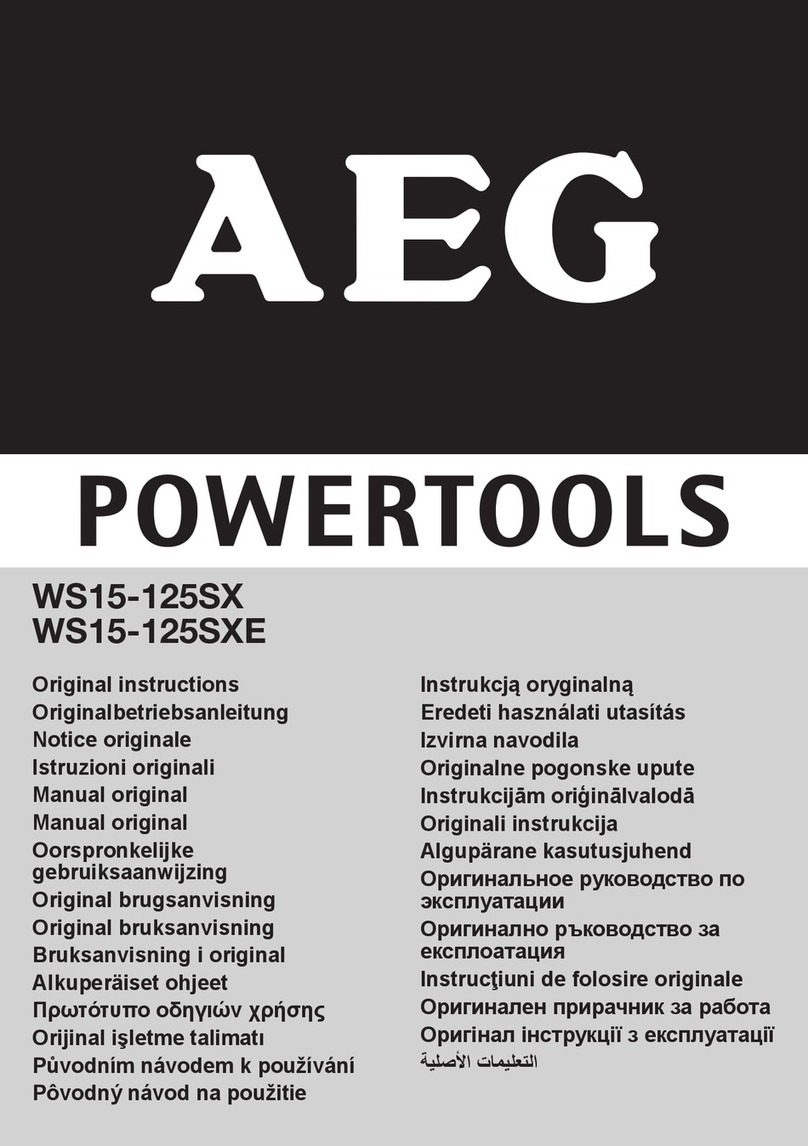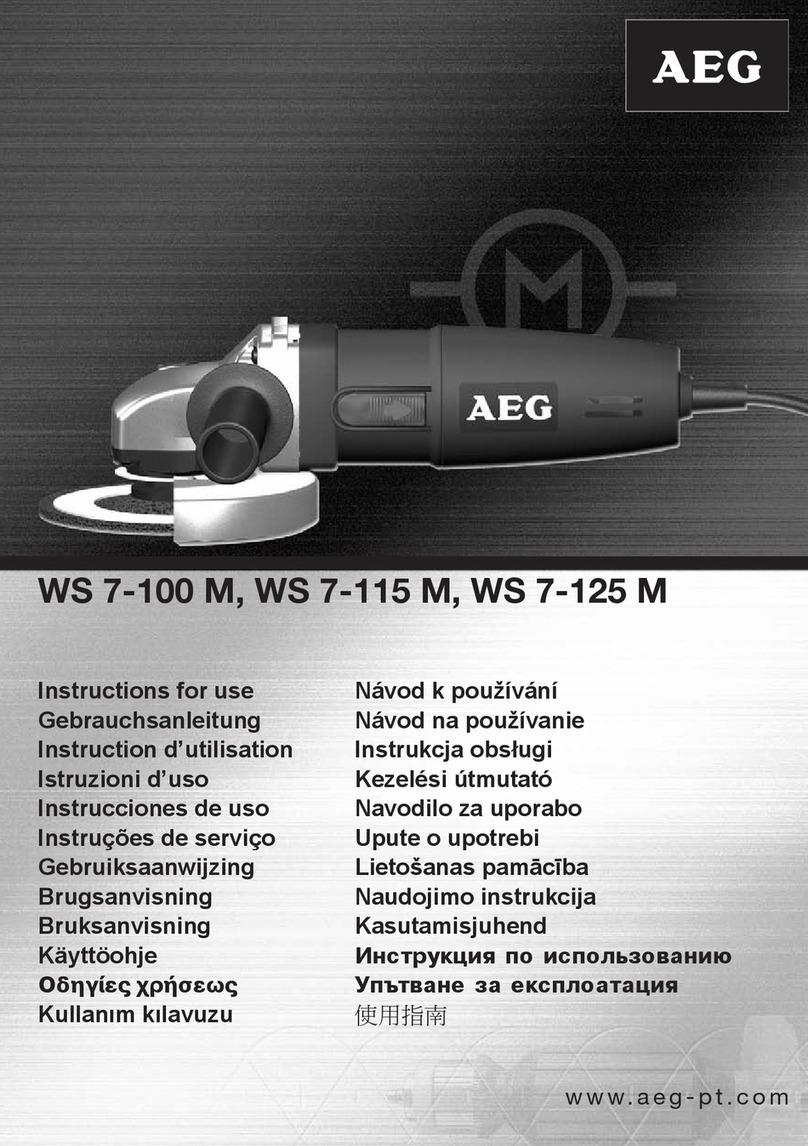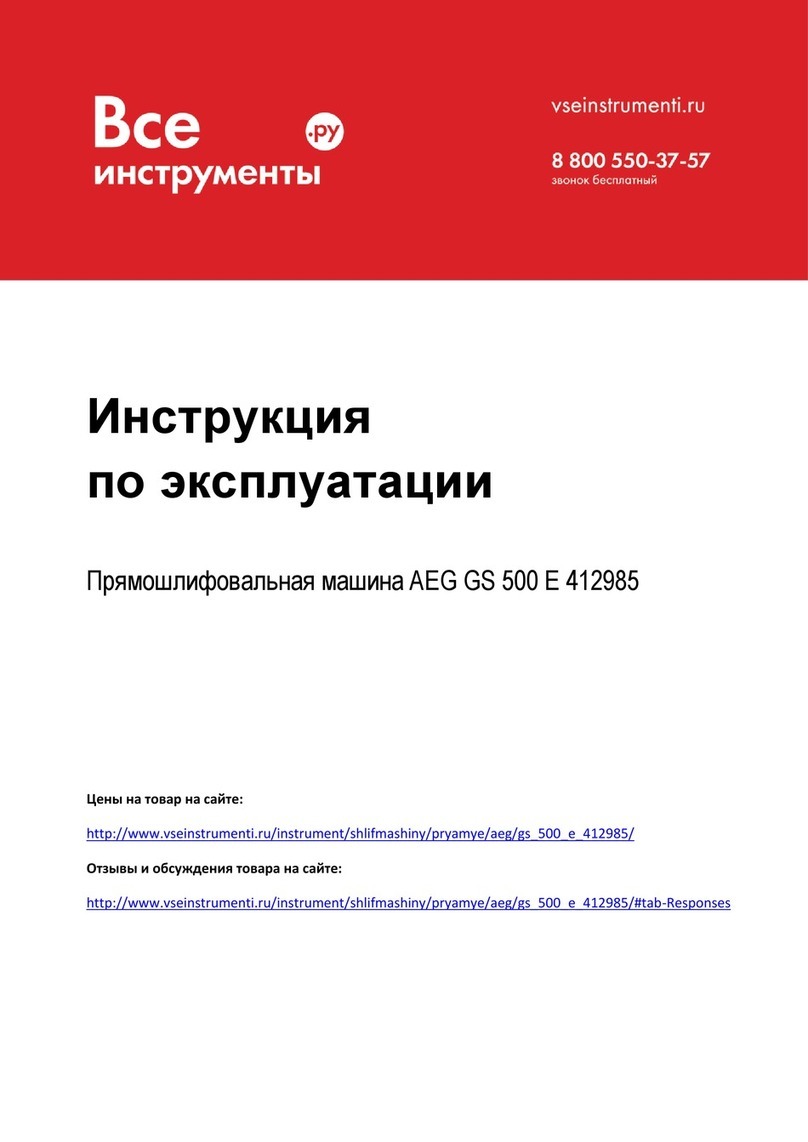AEG EX150ES User manual
Other AEG Grinder manuals

AEG
AEG WS 24-180 User manual

AEG
AEG WS 7-115 S User manual
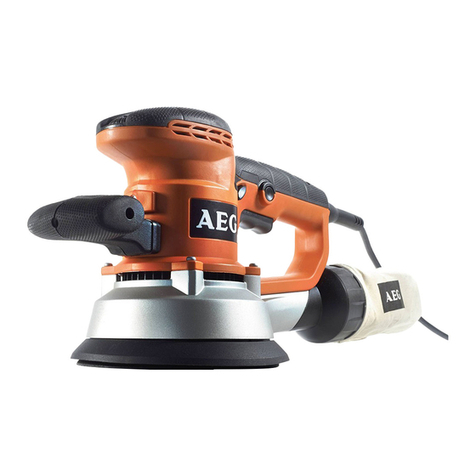
AEG
AEG EX 150 E User manual
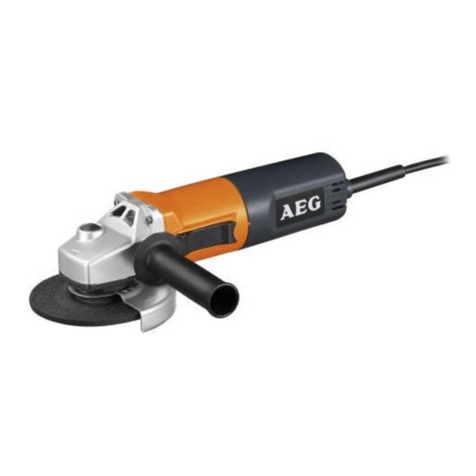
AEG
AEG WS 1000-125 X User manual

AEG
AEG POWERTOOLS WS 21-180 User manual
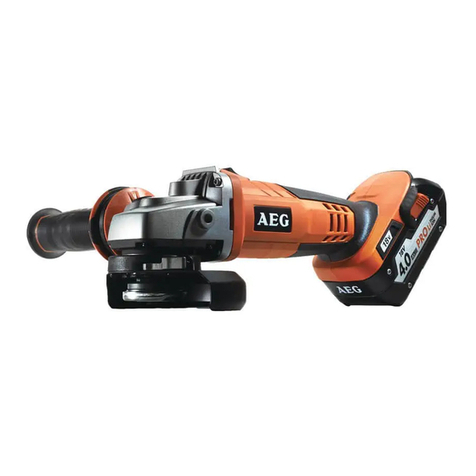
AEG
AEG BEWS18-115X User manual
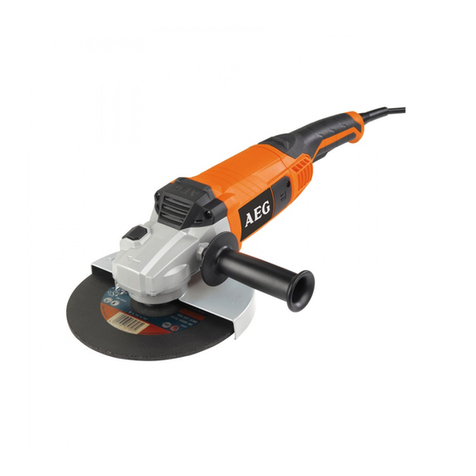
AEG
AEG WS 22-180 User manual
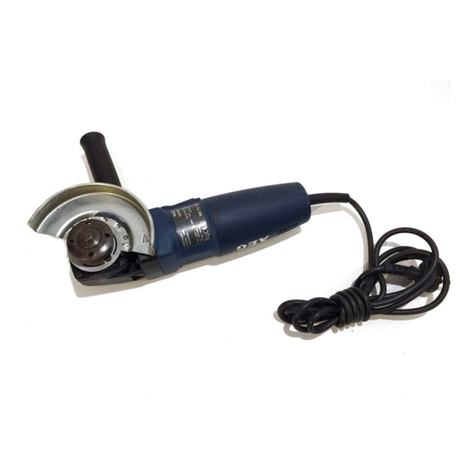
AEG
AEG WS 650-115 User manual

AEG
AEG HEAVY DUTY AGV 13-125 XE User manual

AEG
AEG WS22-230 User manual
Popular Grinder manuals by other brands

Meterk
Meterk S1M-GW20-115 Translation of the original instructions

U.S.SAWS
U.S.SAWS SX65000C operating manual

Parkside
Parkside PWS 230 C3 Translation of the original instructions

SUHNER ABRASIVE
SUHNER ABRASIVE ASC 9 Technical document

PTA
PTA P1322 Operation manual

Craftsman
Craftsman CMCG400 instruction manual
